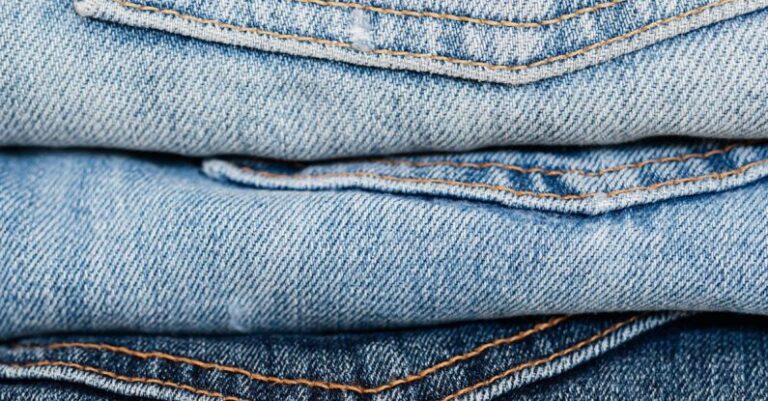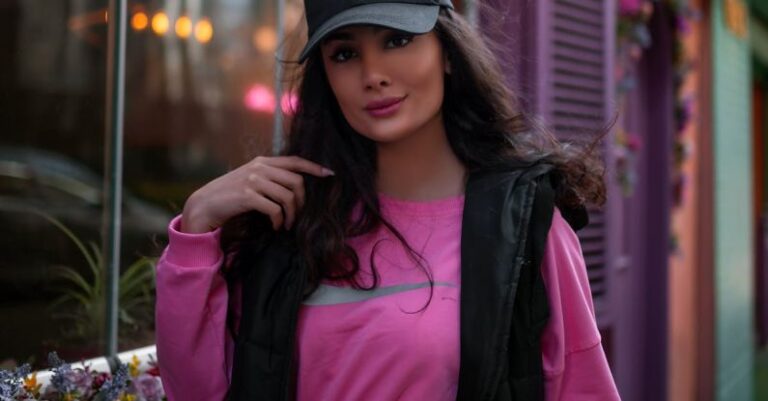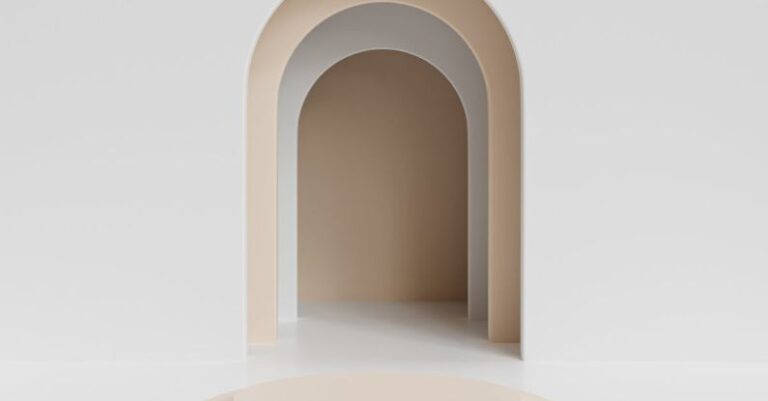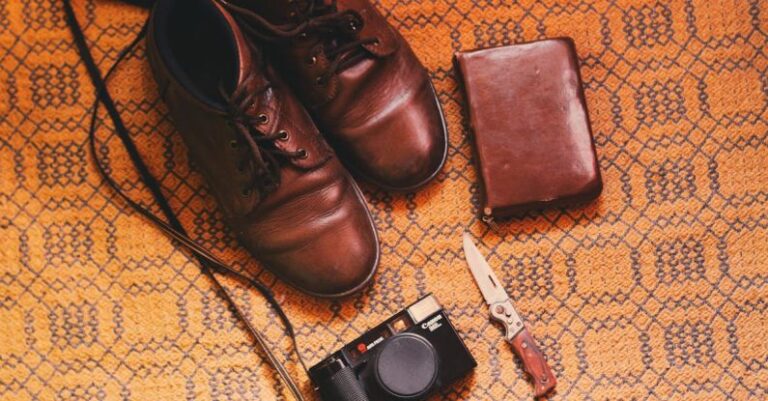What Is the Future of Sustainable Fashion?
As the fashion industry continues to face scrutiny for its environmental impact and social practices, the concept of sustainable fashion has emerged as a vital and necessary movement. With growing awareness about the detrimental effects of fast fashion on the planet and its inhabitants, consumers are increasingly seeking out eco-friendly and ethically produced clothing options. The future of sustainable fashion holds promise for a more responsible and conscious industry that prioritizes the well-being of both people and the planet.
**Evolution of Sustainable Fashion**
The evolution of sustainable fashion has been marked by a shift in consumer attitudes and industry practices. In the past, sustainability in fashion was often seen as a niche market catering to a small group of eco-conscious consumers. However, as awareness about the environmental and social impact of the fashion industry has grown, sustainable fashion has moved into the mainstream.
Brands are now recognizing the importance of incorporating sustainable practices into their business models to meet the demands of an increasingly conscientious consumer base. From using organic and recycled materials to implementing fair labor practices, fashion companies are taking steps towards creating a more sustainable and ethical industry.
**Innovation in Sustainable Materials**
One of the key drivers of the future of sustainable fashion is the development of innovative materials that have a lower environmental impact. Traditional textiles like cotton and polyester are resource-intensive and often involve harmful chemicals in their production process. However, advancements in technology have led to the creation of sustainable alternatives such as organic cotton, recycled polyester, and plant-based fabrics like Tencel and hemp.
These eco-friendly materials not only reduce the industry’s reliance on non-renewable resources but also help minimize waste and pollution. Additionally, innovative technologies like 3D printing and bio-fabrication are pushing the boundaries of sustainable fashion by offering new ways to create clothing without the need for harmful chemicals or excessive water usage.
**Circular Fashion Economy**
A key aspect of the future of sustainable fashion is the transition towards a circular fashion economy. Traditionally, the fashion industry has operated on a linear model where clothing is produced, consumed, and then discarded. This linear approach contributes to the staggering amount of textile waste that ends up in landfills each year.
In contrast, a circular fashion economy aims to create a closed-loop system where clothing is designed, produced, used, and then recycled or upcycled to create new garments. This shift towards circularity requires collaboration across the industry, from designers and manufacturers to consumers and policymakers, to ensure that clothing is reused, repaired, and recycled to minimize its environmental impact.
**Consumer Behavior and Education**
Ultimately, the future of sustainable fashion is in the hands of consumers. As people become more informed about the environmental and social implications of their clothing choices, they are increasingly demanding transparency and accountability from fashion brands. By supporting ethical and sustainable practices, consumers have the power to drive positive change within the industry.
Education also plays a crucial role in shaping consumer behavior towards more sustainable fashion choices. Through initiatives like eco-fashion campaigns, sustainable fashion weeks, and online resources, consumers are being empowered to make informed decisions about their clothing purchases. By understanding the impact of their choices, consumers can support brands that align with their values and help shape a more sustainable future for the fashion industry.
**Looking Ahead: A Brighter Future for Sustainable Fashion**
In conclusion, the future of sustainable fashion holds great potential for a more responsible, ethical, and environmentally conscious industry. With advancements in materials, technology, and business practices, fashion brands are increasingly embracing sustainability as a core value. By fostering a circular fashion economy, educating consumers, and promoting innovation, the fashion industry has the opportunity to create a brighter and more sustainable future for all.






